Understanding your
Diaphragm
Our Diaphragm is this jelly fish like muscle at the base of our lungs demonstrated by the pink muscle in the image on the right. When we inhale the diaphragm contracts and moves down into our belly- creating more room in the chest for our lungs to take in oxygen. When we exhale the diaphragm relaxes back up into the ribcage and gently compresses the lungs to expel whatever our body is needing to release.
What breath is, really, is a change in pressure in the ribcage. When the diaphragm contracts it allows room for oxygen to flood the lungs, when the diaphragm relaxes it pushes out the space in our chest to help us release stale air and carbon dioxide.
Your Respiratory System
To breathe is to live, and to live is to breathe. As far as we understand- humans are the only mammals that have the ability to consciously control their breath. The English word for breath “respiration” comes from the Latin words meaning “return of the spirit.”
Think about that for a moment…
What images does that term bring up for you? How does that impact the next breath you take?
Our breath is our vitality, our animation.
Take a moment to pause and notice your breath. Maybe what you notice is that you’re holding or constricting your breath. Try to let go of any judgment or expectation about what is the “right” way to breath, and just be with yourself.
How do you notice that you’re breathing?
Can you feel a tickle in your nose or the roof of your mouth as you inhale?
Do you notice a warmth in the back of your throat as you exhale?
How far down into your lungs does your breath move?
Can you send your breath all the way down into your belly?
What emotions arise as you become more aware of your breath?
If you don’t notice any of the above- can you offer kindness for yourself. Noticing that not noticing is itself- noticing :)
Take as much time as you need to reflect on these questions. Perhaps you may want to grab a journal and write down what you notice. This can allow us to integrate our noticing and create a “witness” for our experience.
Why is the breath important?
Our breath is the communication network to and from our nervous system to the rest of our body.
How we breath tells our body whether we should be in a state of stress or whether we can relax. Our nervous system does not know story. This means that our nervous system can’t differentiate the stress of work, bills, traffic, etc. from the stress of being chased by a lion.
So much about the breath I’ve learned from Tracey Stover. I experienced first hand with her the power of releasing stuck breathing patterns and finding freedom of breath. I am excited to share pieces of that with you!
The Stress Response Cycle
I have adapted the chart on the left from Ruby Jo Walkers Polyvagal Chart (based on the work of Stephen Porges). You can access the full, original chart HERE.
The image on the left shows the stress response cycle that our body moves through when we experience activation. Our bodies are wired to be able to move through the stress response cycle. We have evolved to be able to try to survive being chased by a wolf, or lion, or bear. We have not, unfortunately, evolved to keep up with the stressful lifestyle that patriarchal, white, christian supremacy has placed on bodies. We have not evolved to spend most of our time isolated, glued to a screen, trying to cope from traumatic events without communal support, and wondering how we can pay for healthcare.
All of these stresses then can keep us stuck phases of our stress response cycle.
Using our breath to find peace
The good news is that since we have this beautiful gift of controlling our breath- we can use our breath to send signals to our system that tells us we are okay. All of the following can be ways we use our breath to settle…
Low, slow, belly breaths in with long, exaggerated exhales.
Vu breaths
Horse Breaths
Breathing out like we are fogging up a mirror
We can also use breathwork to help us move through the stress response cycle in a safe environment to release and resolve traumatic energy in the system.
We will be exploring all of these various forms of breath through the studio. As with everything- some of them may work for you, some may not. That doesn’t mean you are doing anything wrong if your breath and body doesn’t settle. It could mean you need more time, space, compassion, and support to help your body settle.



